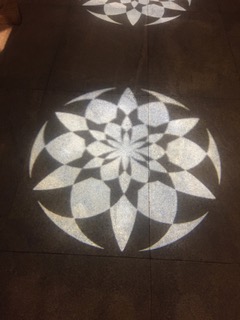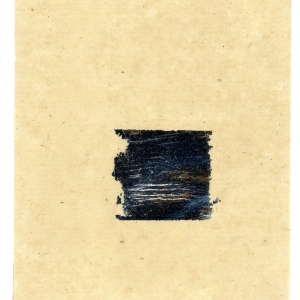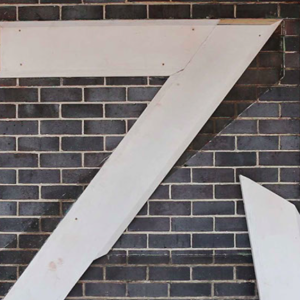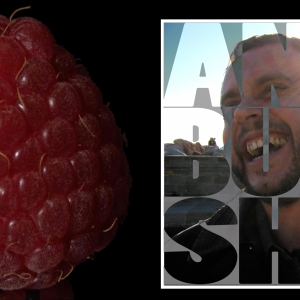
Petals to Light...Pedagogic Possibilities with Floor Art
My research explores rangoli and kolam floor art practices to understand their pedagogical potential for the study of plants. The research involved an analysis of a personal archive of rangoli and kolam images and a series of artistic collaborations. As indigenous art practices, rangoli and kolam have moved beyond traditional media that historically involved powdering rice plant seeds to draw dots and lines with our fingers, and decorating the ground with various flowers, leaves, and twigs. These floor art practices have expanded to incorporate alternative media such as lights, rollers, stencils, coloured beads, and stickers. The pedagogical value of rangoli and kolam floor art practices for plant study lies in the new media and materials that these indigenous ritual practices have embraced. These practices enable interpretations and contemporary adaptations within both traditional and modern contexts, and this allows learners with multi-literacies to access different kinds of knowledge about plants.



